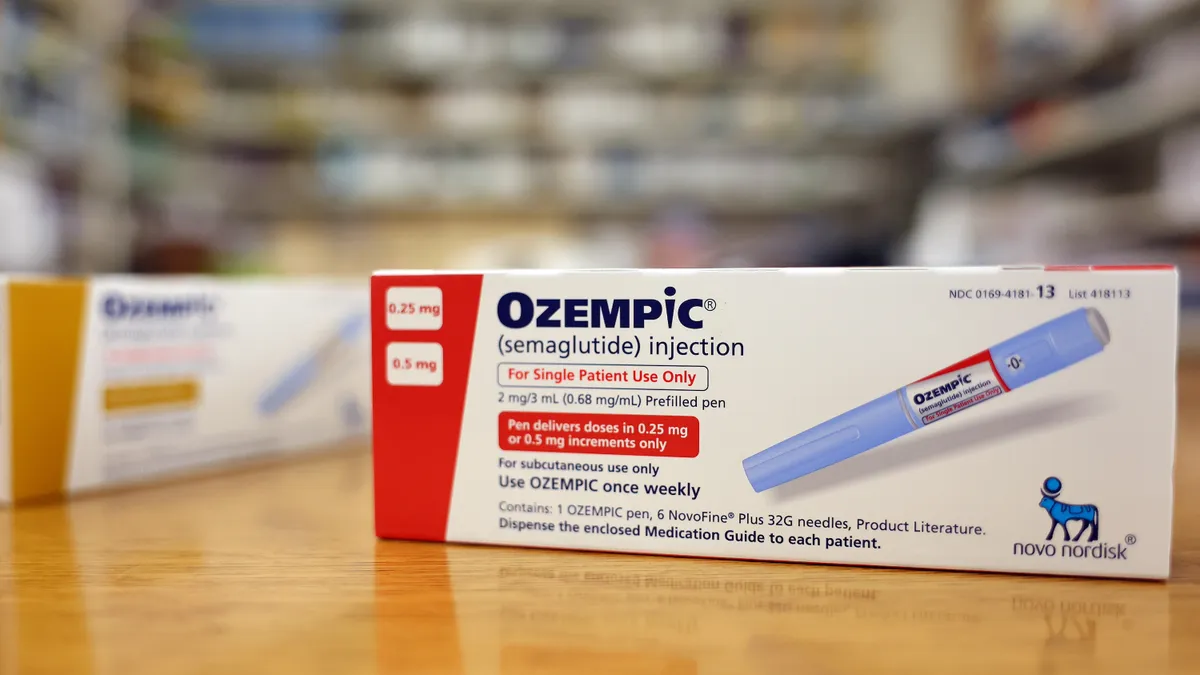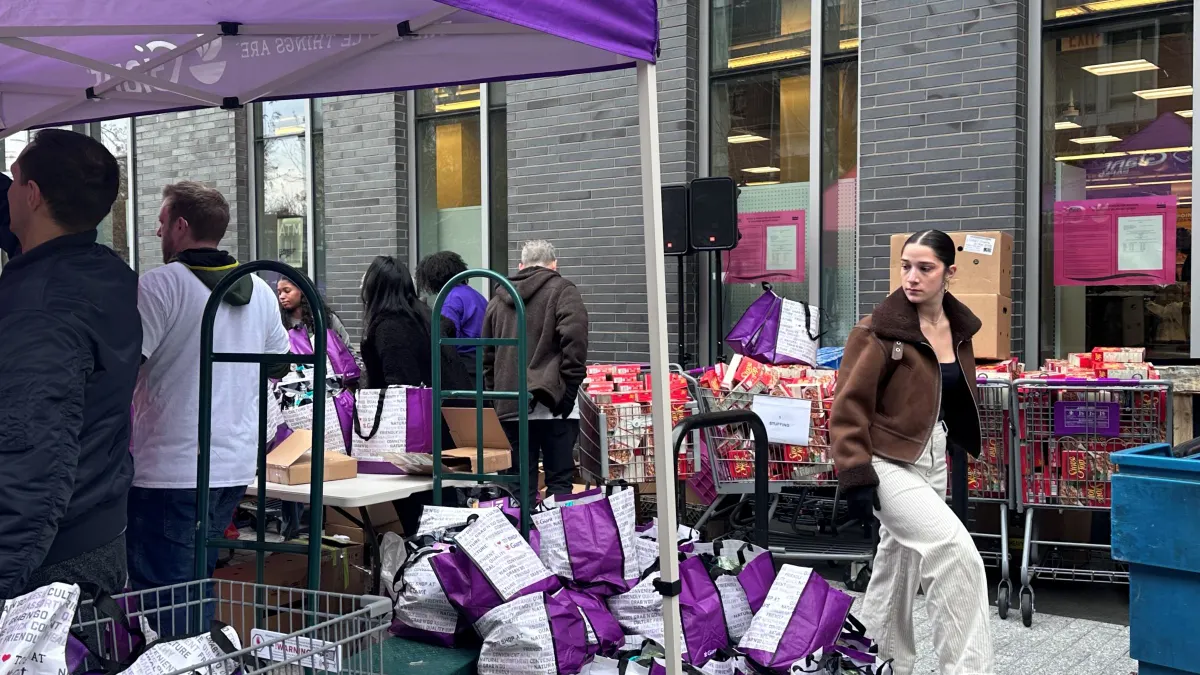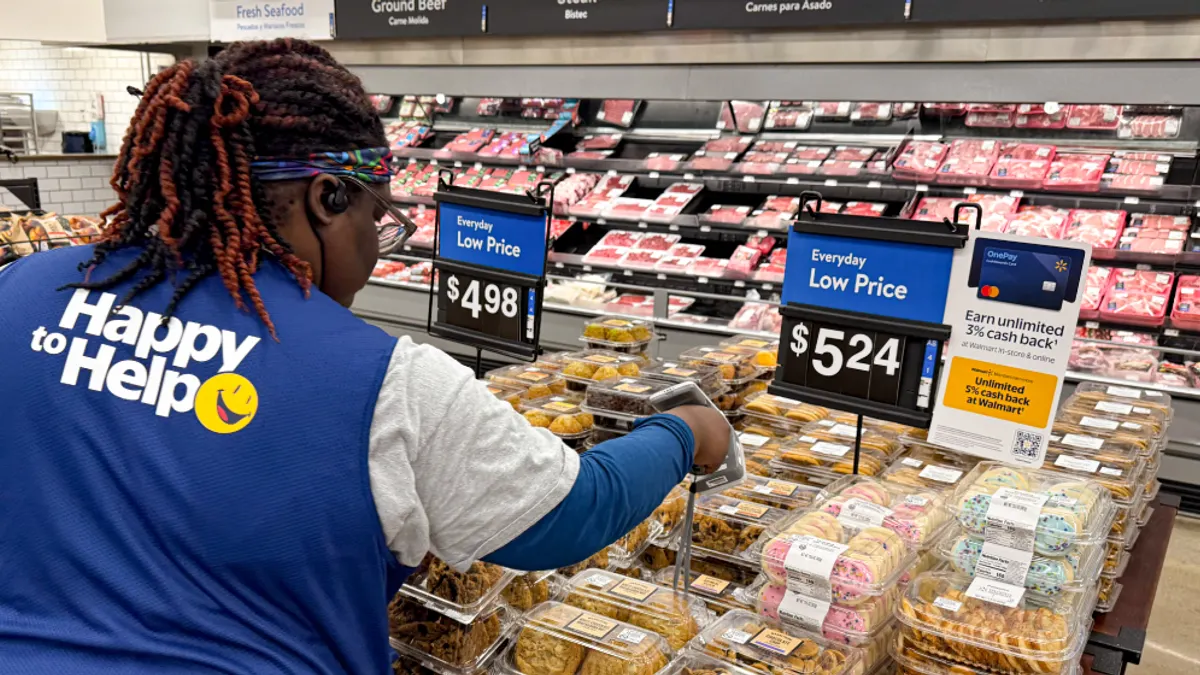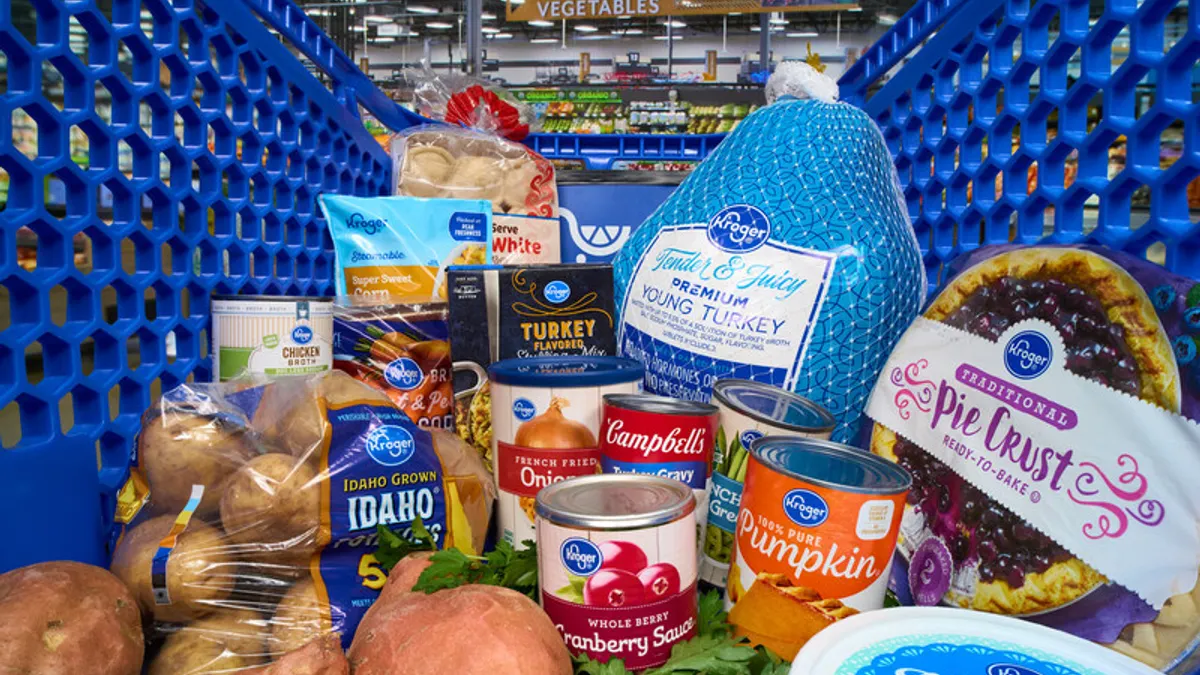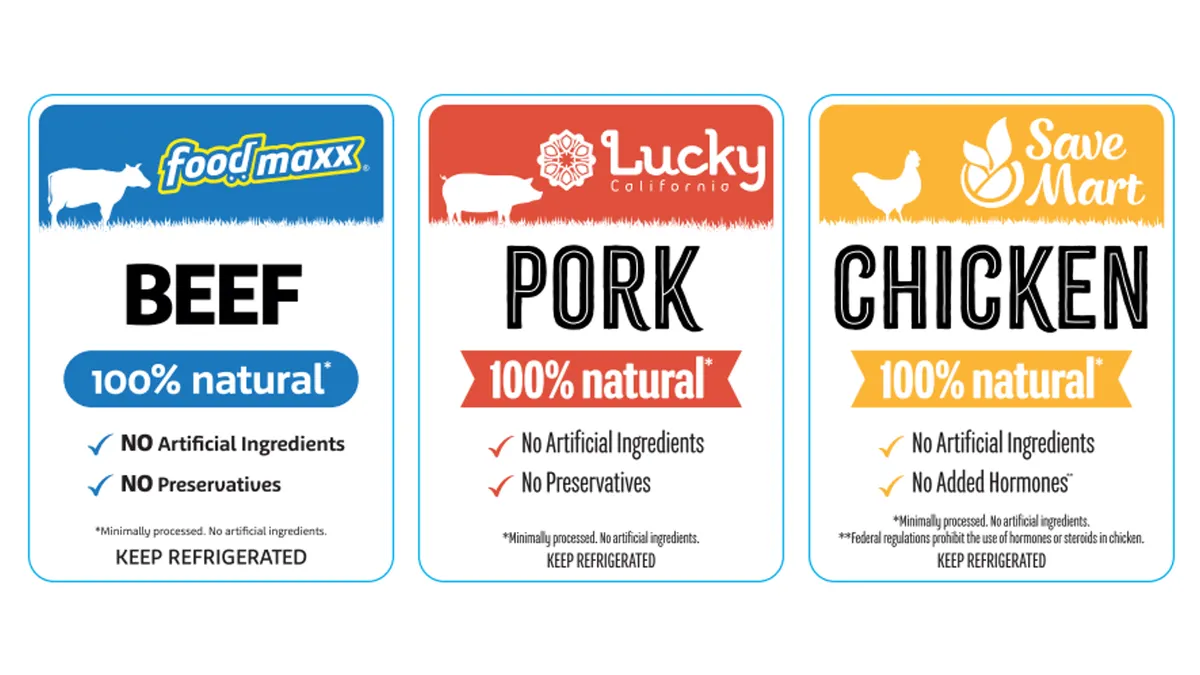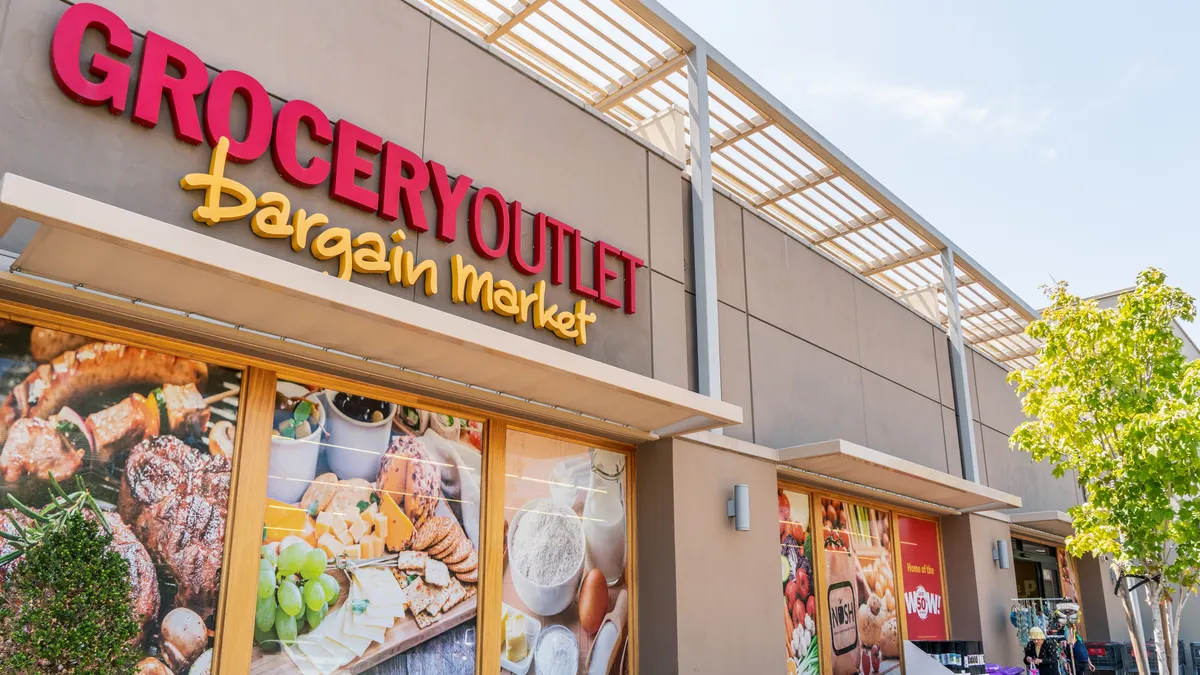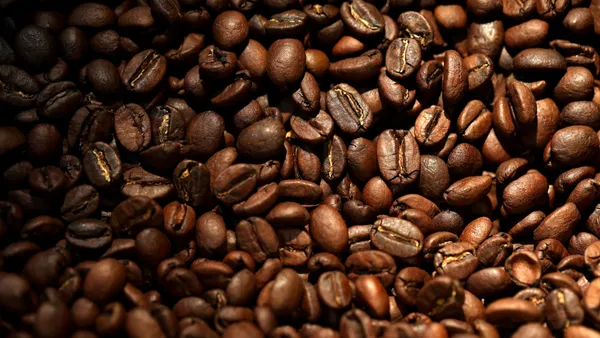Within moments of walking into grocery store produce departments, shoppers can see bright displays of freshly cut melon, walls of packaged salads, spiralized squash and sweet potatoes, and ready-to-cook sides such as pre-chopped stir fry vegetables and shucked corn smeared with butter and seasoning.
Today’s value-added produce section is taking up more real estate in produce departments as shoppers seek quick solutions for healthy eating and exciting twists on their fruits and veggies. From simplifying dinner prep to providing healthy snacks on the go, the category has seen significant growth and is reshaping the way produce departments operate.
According to the Food Marketing Institute’s most recent Power of Produce report, the value-added produce category grew about 2% in 2018, fueled by greater assortment, increased household penetration and a higher consumption frequency. About 92% of households have purchased some value-added produce, and the category contributes 4.5% to total produce sales.
Experts who spoke to Grocery Dive repeatedly cited convenience as the main driver of value-added produce.
"I think value-added is part of this macro trend of convenience," said Rick Stein, vice president of fresh food for FMI, in an interview with Grocery Dive. "Convenience is happening in so many areas of the store. People don’t want to prepare their own meals, they want to have a meal prepared for them."
Stein said there is more expansion in value-added produce, and shoppers who are crunched for time or who don’t know how to cook are willing to pay for everything from pre-prepped fajita veggies to trimmed asparagus. "Convenience is almost an irrational spend," he said.
In its research, FMI found that not only are people purchasing more value-added options, but they are also buying it in more places as stores that traditionally haven’t sold produce are adding fruits and vegetables to their offerings. Convenience stores, discounters and mass retailers are all putting pressure on conventional retailers with their assortment of convenience-focused produce.
Innovative vegetable offerings lead the way
Many retailers rely on value-added produce suppliers while others, such as The Fresh Market, prepare all of their value-added produce in-house.
For The Fresh Market, which is headquartered in North Carolina and operates 161 locations in 22 states, value-added produce offers convenience as well as an opportunity for culinary education. Vic Savanello, The Fresh Market’s vice president of produce, floral and gift center, told Grocery Dive in an email that the retailer looks to value-added produce to educate shoppers on different ways to eat or cook produce that they might not ordinarily buy, such as spiralized veggie noodles.
"Employing this strategy has made our value-added selections our greatest growth category in the produce department, and we see it as the future of our business," Savanello said.
Some of The Fresh Market's offerings include cut vegetable blends, ready-to-cook items such as vegetable skewers, grilling kits and squash noodles. Savanello said the store’s most popular value-added produce item is its fresh fruit bowls and trays, which are prepared daily.
Raley's in Northern California has seen an explosion in the popularity of value-added produce, with half of its produce department now dedicated to the category, according to Michael Schutt, Raley’s senior category manager for produce and floral.
"Now we’re seeing value-add permeate every meal option — snacking, breakfast, dinner," Schutt told Grocery Dive in an interview.
When it comes to prep, the store partners with suppliers for value-added products. Because of Raley's proximity to growing regions and the locations of its vendors, the company is still able to get fresh products to its stores quickly without sacrificing shelf life.
"Now we’re seeing value-add permeate every meal option — snacking, breakfast, dinner."

Michael Schutt
Raley's senior category manager for produce and floral
Recently, Raley's has leaned in heavily on the veggie side of value-added produce, with products that are cut and ready to steam or cook — including zucchini noodles, sweet potato cuts, Brussels sprouts, and cauliflower prepared every which way.
"We’re seeing that continue down this evolutionary path … those are becoming a huge impact to our business," Schutt said.
The grocer is also getting a higher lift from value-added produce as dietary preferences change and vegetables, in particular, move from a side dish for meals to center plate. What was once a side of broccoli or steamed cauliflower, for example, is now evolving into main-dish products such as cauliflower pizza crust, Schutt said.
Raley's experience reflects findings from Nielsen that while value-added produce is growing overall, there is significant growth in value-added vegetables. Value-added vegetables have seen an average sales growth rate of 8.8% each year for the past four years, according to Matt Lally, associate director for Nielsen Fresh. Meanwhile, value-added fruit sales grew an average of just 0.1% each of the past four years.
Lally noted that the consistent introduction of new items in the category has helped it remain exciting.
"Fruits really led the charge in terms of market penetration and entry many years ago, and since then … it's really about the vegetables," Lally said in an interview with Grocery Dive. "They are the innovators in the space and the drivers of growth."
Salad is still 'king'
While not technically a value-added produce item, packaged salad still plays a significant role in many produce departments and is often evaluated alongside the category.
At Raley's, Schutt said that salad is still "king" and remains a top seller. Even as new products arrive on store shelves, packaged salads continue to make up a significant portion of value-added sales for the department.
FMI’s Power of Produce report found that packaged salads generated $5.8 billion in 2018, up about 4% from 2017. Recent research from Nielsen also reported growth in packaged salads, particularly in the organic category. Sales of organic packaged salads generated $1.1 billion in sales in 2018, up nearly 6% from the previous year, Nielsen found.
Packaged salads are key at Raley's, according to Schutt, because shoppers have come to rely on them. "You can see that in the space that we dedicate to the salad portion of the value-add," he said.
But it’s not just chopped iceberg anymore. Schutt noted the variety of salad kits now available that have proteins, quinoa or ancient grains, as well as more nutrient-dense salads that feature kale and cabbage. "They’re going through their own evolution, even within their own subset of value-add," he said.
Navigating space concerns
Despite its strength in recent years, the category does pose a few challenges to retailers. One of the biggest issues is shelf space, as a produce department can only devote so much real estate to value-added products, despite their popularity.
It’s also important that those limited shelves are stocked with products that excite customers and drive sales.
"The produce department is crowded with many SKUs, so you have to prove your worth to get on the shelves," said Dawn Gray, president and founder of Dawn Gray Global Consulting, in an interview with Grocery Dive.
She notes that value-added produce is a very competitive space, and if a consumer isn't delighted by what they purchase, retailers have to quickly switch that product out.
"If you think about the average supermarket and how many SKUs they have, you really have to have something extraordinary in terms of your offering and packaging to even get spotted. It's not an industry that has consumer packaged goods type margins," Gray said.
"The produce department is crowded with many SKUs, so you have to prove your worth to get on the shelves."

Dawn Gray
President and founder of Dawn Gray Global Consulting
Schutt said Raley's tries to keep up with what’s new, but there is only so much space available in each store. "We have space constraints and so we are going through a constant internal process of evaluating where sales could be languishing and where we can appropriate real estate for the next wave of what’s cool and what’s on-trend," he said.
Another challenge, particularly for retailers like The Fresh Market that prep all their value-added produce in-house, is the need to invest in staff to support the category.
"I think the labor is going to be an issue," Stein with FMI said. "Finding the people to do the work. Some, instead of doing it on-site, are having facilities do it for them so it comes into the store already packaged. I think that you have to shift your help from prepping to being out on the sales floor to inform consumers. I think that’s the biggest challenge right now."
The products may evolve and the star of the produce department may shift from cauliflower or Brussels sprouts to beets or Portobello mushrooms, but regardless of the form it takes, value-added produce is here to stay.
"When you’re looking at the past five years, you’re looking at almost 9% dollar growth on average," Lally said. "That certainly is one predictor of how this is not just a temporary growth engine — this has sustained its level of growth over a longer period of time."
Convenience will continue to drive value-added produce sales, according to Gray, as time-starved people grapple with the desire to eat healthier.
"Anything the industry can do to make it as simple as possible, or as portable and snackable as possible, is going to drive consumption," Gray said.







